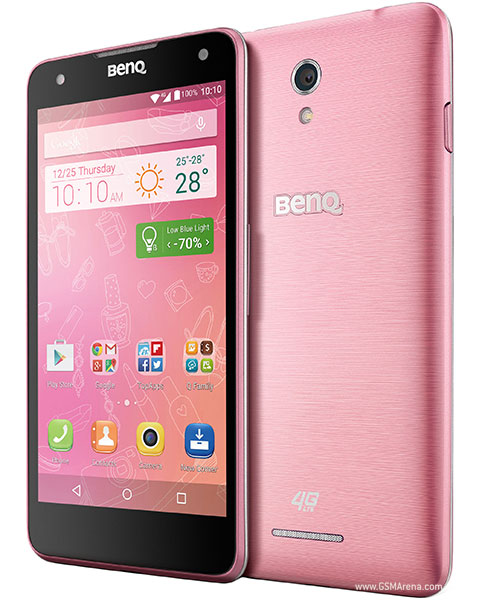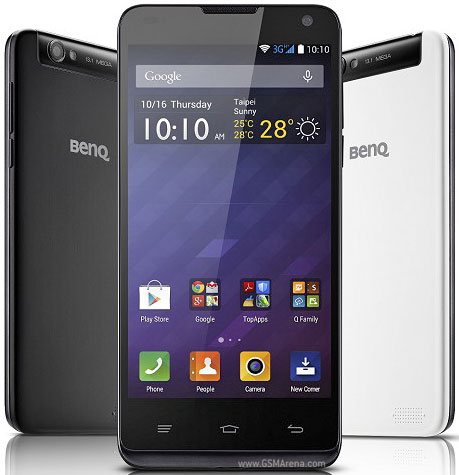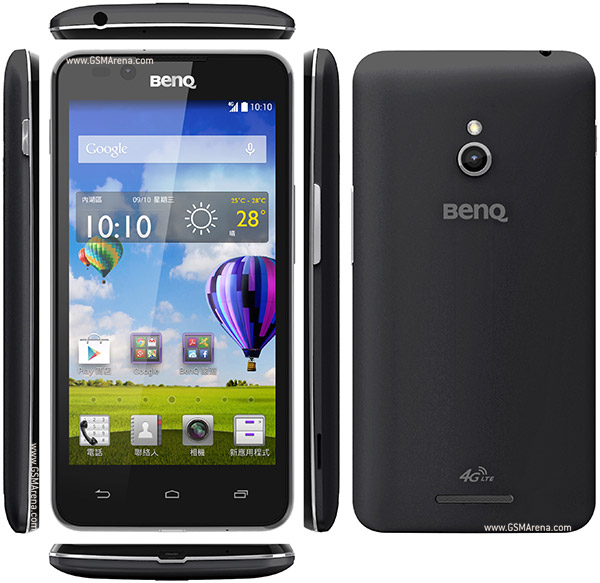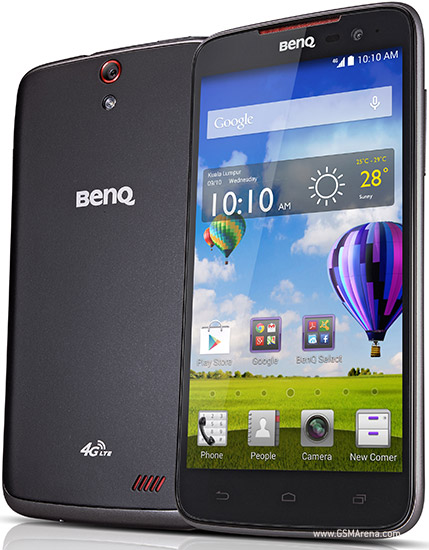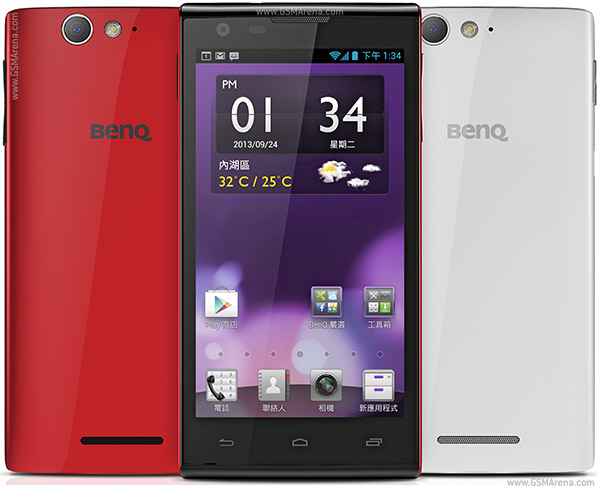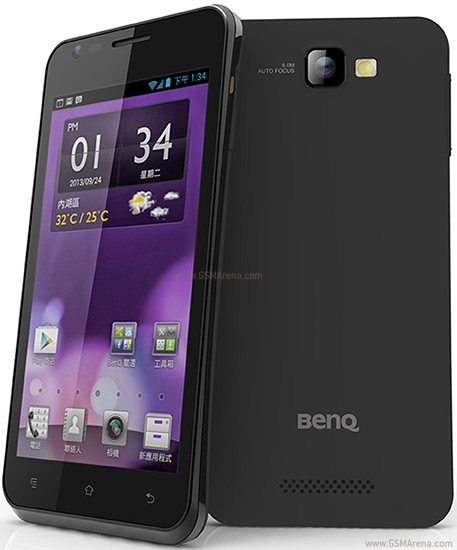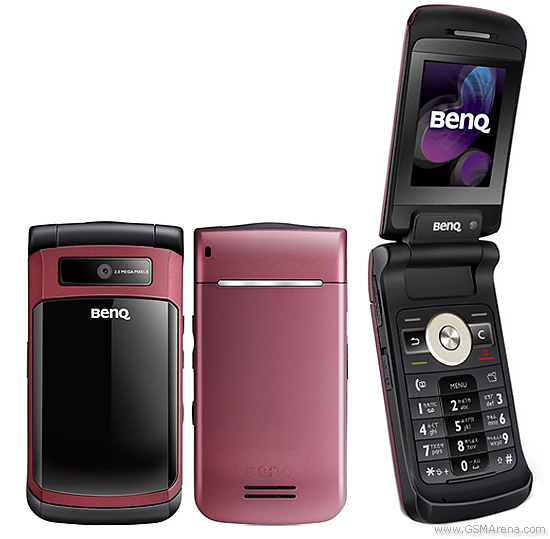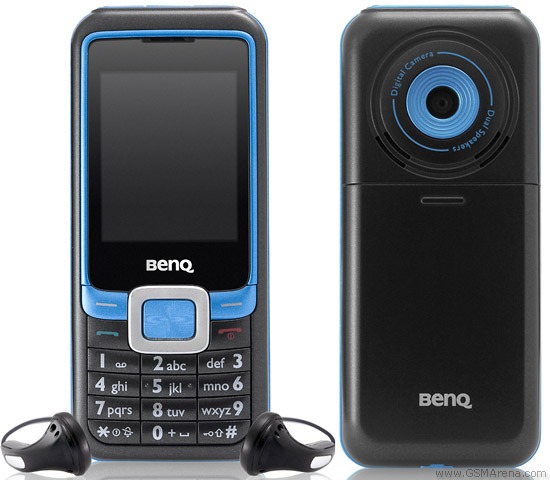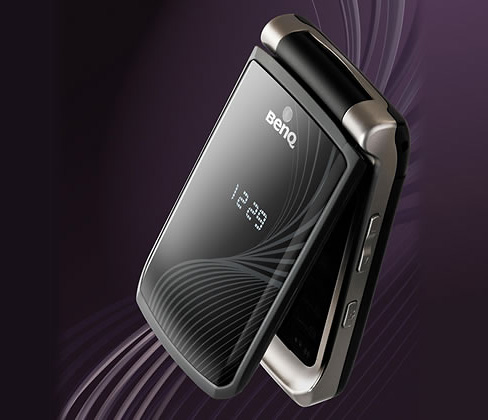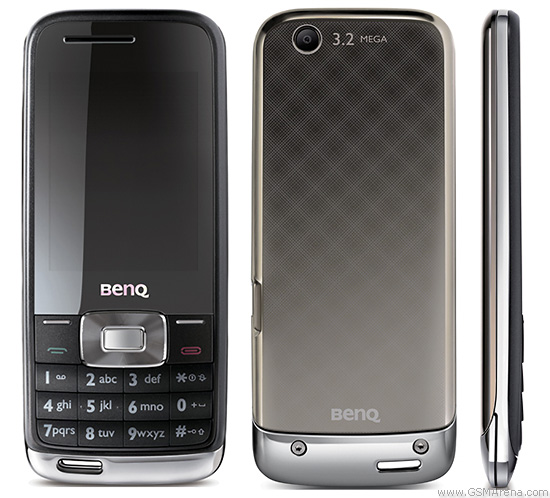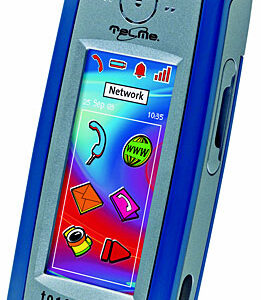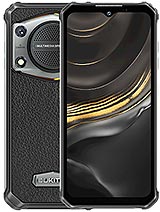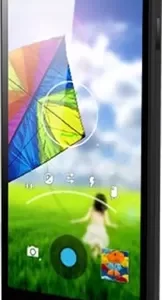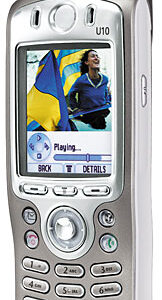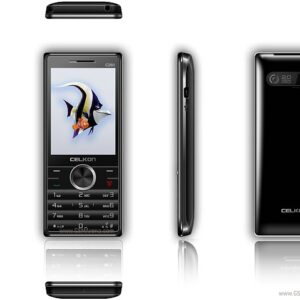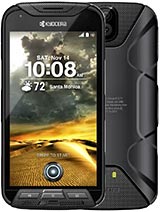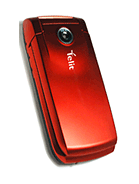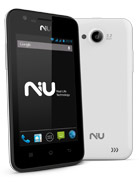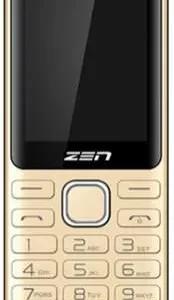BenQ P30 Overall Review
The BenQ P30, announced in the first quarter of 2004, represents a period where mobile technology was rapidly evolving. This Symbian smartphone featured a 2.6-inch TFT display, which was relatively large for its time, providing users with ample screen real estate for applications, web browsing, and media viewing.
Running on the Symbian OS, the P30 was equipped with a TI OMAP V1030 chipset, positioning it as a capable device for handling the applications and tasks of the era. The device also included a modest 760 mAh battery, which was standard for the time, offering enough power to get through the day with moderate use.
Photography on the P30 was facilitated by a built-in camera, allowing users to capture moments with the technology available at the time. Storage options were designed to accommodate the needs of users for applications, media, and documents, with expandable options through external memory solutions.
Connectivity features included basic wireless options and support for various network standards, ensuring that users could stay connected for communication and simple internet browsing. The BenQ P30’s design reflected the practical and straightforward approach of early 2000s smartphones, focusing on functionality and ease of use.
BenQ P30 Pros and Cons
Pros:
- Large 2.6-inch display for comfortable viewing and interaction.
- Runs on the Symbian OS, providing a robust platform for applications and multitasking.
- TI OMAP V1030 chipset offers reliable performance for the era’s applications.
- Expandable storage options to accommodate user needs.
Cons:
- The 760 mAh battery might be insufficient for heavy usage by modern standards.
- Camera technology and capabilities limited by the standards of the time.
- Lacks modern connectivity and multimedia features expected in contemporary devices.
- The Symbian OS, while powerful, may not offer the same variety of applications available on modern platforms.

